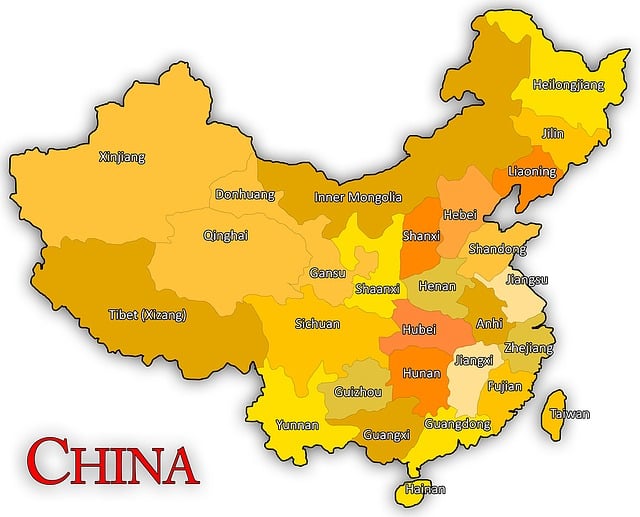
Who Is The Dalai Lama?
The current Dalai Lama, Tenzin Gyatso, is the 89-year-old spiritual leader of Tibet, an area which embraces Tibetan Buddhism. He is the 14th Dalai Lama in a line stretching back to the late 1300s. Tibetan Buddhists believe the Dalai Lama is the manifestation of the Bodhisattva (one who works to lead all beings to the state of enlightenment) of Compassion and the patron saint of Tibet.
Prior to 1951, Tibet had a theocratic form of government of which the Dalai Lama was the head. He also served as supreme religious leader. Communist forces began occupying the country in 1950, and in 1959 China annexed Tibet. After an unsuccessful revolt by Tibetans against Chinese rule, the Dalai Lama fled to India in 1959. He has remained there in exile for many years.

Work During Exile
After arriving in India, the Dalai Lama set up a government-in-exile in the Himalayan Mountains there. He stepped down as the head of the Tibetan government-in-exile in 2011.
While in India, the Dalai Lama has pursued a nonviolent campaign to end Chinese domination of Tibet. He is seeking real autonomy for Tibet with protections provided for its religion, language and culture. The Dalai Lama’s work led to his being awarded the 1989 Nobel Peace Prize. This religious leader has become one of the most recognizable and highly respected individuals in the world. Nevertheless, China views the Dalai Lama as a dangerous separatist seeking independence for Tibet, a claim the Dalai Lama has denied.
About Tibet
Tibet, known as the “rooftop of the world,” sits on a vast area of mountains and plateaus in Central Asia. This area includes the world’s highest mountain, Mount Everest. Historically an autonomous region of China, as of 2020 Tibet provided a home to more than 3.5 million people over 471,700 square miles.
Because Tibet sits on a high plateau surrounded by enormous mountain masses, the country was relatively isolated prior to 1950. It had its own language and religion, Tibetan Buddhism.

Interference By China
In 1950 China began to incorporate Tibet into the People’s Republic of China. This action was highly controversial in both Tibet and worldwide, and the issue remains highly charged even today. Tibetans deemed China’s move as an invasion of their sovereign country which continues as occupation by a foreign power. Although it is officially an autonomous region of China, in reality, China’s Communist Party strictly controls Tibet.
In particular, Communist party leaders in Beijing want to control the selection of the successor Dalai Lama. They insist the succession process must comply with Chinese law. The current Dalai Lama had suggested he could name his successor rather than relying on the traditional means of selecting the individual deemed his reincarnation. The Chinese government rejected his suggestion. This impasse raises the fear rival Dalai Lamas could result–one approved by Beijing and another supported by the current Dalai Lama and his Tibetan followers.
US Support For The Dalai Lama
In June US officials met with the Dalai Lama in India. They conveyed the message that the US did not intend to allow the choice of his successor to be influenced by China. Going even further, the Americans indicated their country would pressure China to begin talks again with Tibetan leaders, a process that has been stalled since 2010.
The Dalai Lama’s time in the US this summer has increased tensions between China and the US. The spiritual leader came to New York for knee replacement surgery conducted on June 28th. Following that surgery, he spent time recuperating in upstate New York for six weeks. This past Wednesday, senior US officials met with the Dalai Lama in a show of support for him and to bring greetings from Pres. Biden. Additionally, they expressed staunch support for the Tibetan community.
Dalai Lama Divides China And The US
China, anxious about the religious leader’s successor, reacted angrily to news of this meeting. It lodged serious protests with the American government, noting the Dalai Lama was “a political exile engaged in anti-China separatist activities under the cloak of religion.” US officials face attempting to strike a balance between managing already tense relations with China and showing support for a religious leader and Nobel Peace Prize winner respected worldwide. Clearly, the Dalai Lama divides China and the US, but it is only one facet of the two countries strained relationship.















